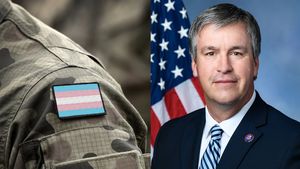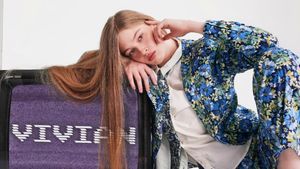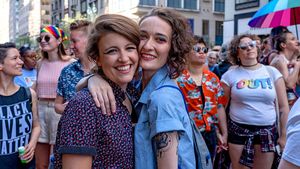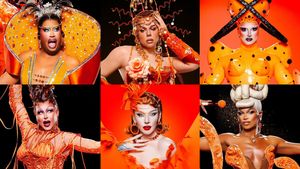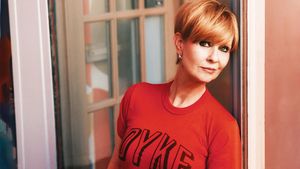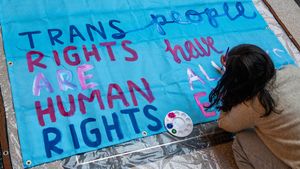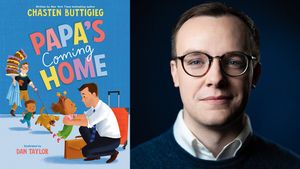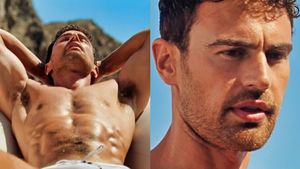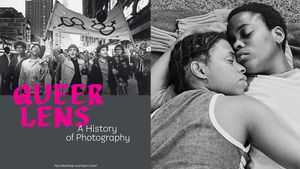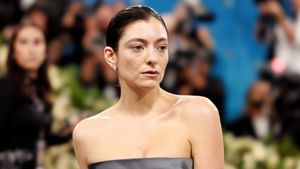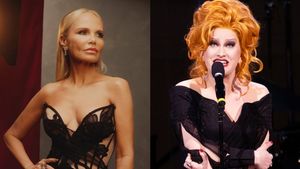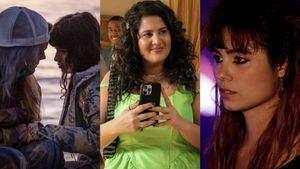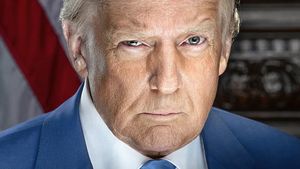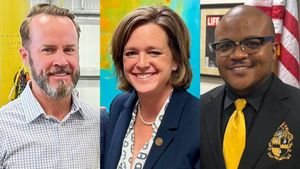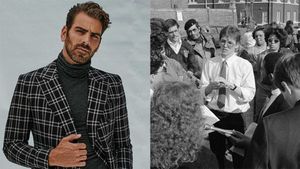Who she is: The bisexual, biracial Toto Koopman graced the cover of Vogue, fought fascism, survived a concentration camp, and promoted the careers of artists such as Francis Bacon and Lucian Freud, all while taking lovers as varied as Tallulah Bankhead and Randolph Churchill.
What she accomplished: You couldn’t make Toto Koopman up — if you did, no one would believe you. Koopman (1908-1991) had a life more fantastic than any fiction. She was born in Java to a Dutch military officer and his half-Dutch, half-Indonesian wife. She defied prevailing racist attitudes by being open about her mixed racial heritage, and her honesty didn’t hold her back. Strikingly beautiful, she became a successful fashion model in the 1930s. She is the earliest Vogue cover model whose identity is known, having appeared on the magazine’s September 1933 cover. She was also an in-house model for designer Coco Chanel in Paris, but the two strong-minded women feuded, and Koopman quit after six months. Koopman maintained an active love life in the 1930s, having flings with Bankhead and Churchill (son of Winston) as well as affairs with both powerful newspaper publisher Lord Beaverbrook and his son (simultaneously).
Koopman traveled extensively around Europe, and in 1939 in Italy, she fell in love with a man involved in the Resistance — the opposition to fascist dictator Benito Mussolini and his allies, including Germany’s Nazi regime. She carried out espionage missions for the Resistance and sold her furs and jewels to fund its work. She managed to escape the authorities twice after being arrested, but in 1944 she was captured and sent to Ravensbrück, a women’s concentration camp in Germany. There she endured horrific conditions and was subjected to medical experiments.
After the camp was liberated in 1945, Koopman recuperated at Lake Maggiore, which borders Switzerland and Italy. There she met the love of her life, Erica Brausen, a German-born art dealer who worked for a gallery in London but wanted to start her own. Koopman moved to London, thanks to financial assistance from Randolph Churchill, and the two women opened the Hanover Gallery there. They hosted shows by such innovative artists as Francis Bacon, Lucian Freud, Marcel Duchamp, and Henry Moore, and it was not only the art but curiosity that drew celebrities and socialites to their openings. “They wanted a first-hand look at the unusual lesbian couple about whom so many stories circulated,” a friend told Koopman’s biographer, Jean-Noël Liaut. Koopman, by all accounts, didn’t mind.
Later in life, Koopman studied archaeology and went on many digs, but she undoubtedly had more luxurious accommodations on Panarea, an Italian island where she bought property in 1959, built six villas, and entertained on a grand scale. She and Brausen stayed together the rest of their lives, despite many outside relationships on Koopman’s part. She died in 1991, and Brausen, who would follow her in death within 18 months, “locked herself in a room with the body for eight days, emerging only to buy fresh roses that she would arrange around Koopman’s face every morning — a macabre and suitably bizarre epilogue to an astonishing life,” notes London’s Telegraph.
Choice quote: “It’s Mademoiselle! I never wanted to marry.” — Koopman to anyone who addressed her as “Madame,” as quoted by Liaut
For more information: Liaut’s biography of Koopman, The Many Lives of Miss K., is available here. He told Women’s Wear Daily that in researching the book, he came to think that in comparison to Koopman, “much of the world is gray, goody-goody and sadly limited.” Read that article here and the Telegraph piece here.










































